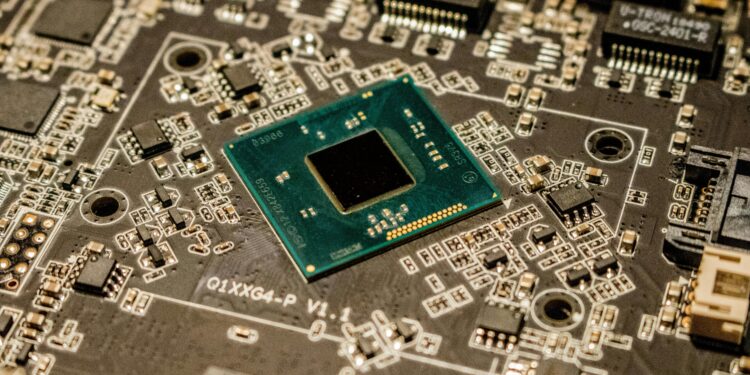As AI Demand Surges, AMD’s Q3 Results Offer a Key Market Indicator for Tech Investors
AMD (AMD) is set to report its fiscal third-quarter earnings after the market close on Tuesday, giving investors an update on the state of the artificial intelligence (AI) sector and AMD’s role within it. AI continues to propel growth for major tech companies, including AMD’s main competitor Nvidia (NASDAQ: NVDA) and key customers like Microsoft (NASDAQ: MSFT). This earnings report will serve as a critical benchmark for how AI demand is translating into results for chipmakers.
AMD’s Recent Product Rollout
Less than a month ago, AMD announced the upcoming release of three highly anticipated chips. This includes the 5th Gen AMD EPYC CPU for servers, aimed at optimizing data center performance; the Instinct MI325X AI chip, designed specifically for artificial intelligence workloads; and the Ryzen AI Pro 300 for enterprise PCs. These products underscore AMD’s intention to capture a greater slice of the AI market.
Although Nvidia currently dominates the AI chip industry, estimated to hold between 75% and 90% of the market share, AMD’s recent developments could narrow that gap. Investors are closely watching AMD’s quarterly performance for signs of accelerated growth in AI-related products.
Earnings Expectations and Market Performance
Analysts expect AMD to report adjusted earnings per share of $0.92 on revenue of $6.7 billion, up from $0.70 per share and $5.8 billion year-over-year. These estimates point to significant growth, with much of it attributed to demand from AMD’s data center business, expected to bring in $3.46 billion in revenue — a dramatic increase from $1.59 billion in the same quarter last year.
AMD’s AI/GPU revenue alone is projected to account for $1.39 billion of the data center segment’s total. AI’s influence is reshaping AMD’s revenue composition, and strong results in this area would affirm that AMD’s expansion into AI is a profitable pivot, even as Nvidia maintains a lead.
The Client segment, AMD’s second-largest division, includes its consumer CPUs for desktops and laptops. This division is expected to generate $1.71 billion in revenue, up from $1.45 billion year-over-year, reflecting stable consumer demand in a recovering post-pandemic PC market. However, AMD’s gaming division is expected to take a hit, with anticipated revenue of $572 million — down almost $1 billion from the previous year. The division, which includes AMD’s Radeon graphics cards and custom chips for gaming consoles, faces a steep decline as gaming demand normalizes post-pandemic.
The Bigger Picture: Rivalry and AI Market Projections
While AMD shares are up 65% over the past year, far outperforming the S&P 500’s 36% increase, Nvidia has surged by 246% in the same period. Despite AMD’s product advancements, Nvidia remains the leader in AI hardware, fueled by its powerful H100 and A100 GPUs. AMD’s earnings will be closely scrutinized as a lead-up to Nvidia’s earnings release on November 20, providing clues about the overall health of the AI market and potential for further growth in this space.
A Look Ahead
AMD’s Q3 earnings report not only offers insight into the company’s own growth strategy but also signals broader trends in AI adoption. As AI demand continues to influence the tech sector, AMD’s ability to grow its data center and AI chip segments will be key to its ongoing competition with Nvidia. While AMD’s gaming sector may face headwinds, its focus on high-performance computing and AI-driven product innovation puts the company in a promising position to benefit from the AI wave. Investors will be watching closely to gauge whether AMD’s efforts in the AI market are enough to maintain its momentum.
You might like this article:Perfect Corp. Reports Steady Growth in Q3 2024 Driven by AI and AR Innovations











